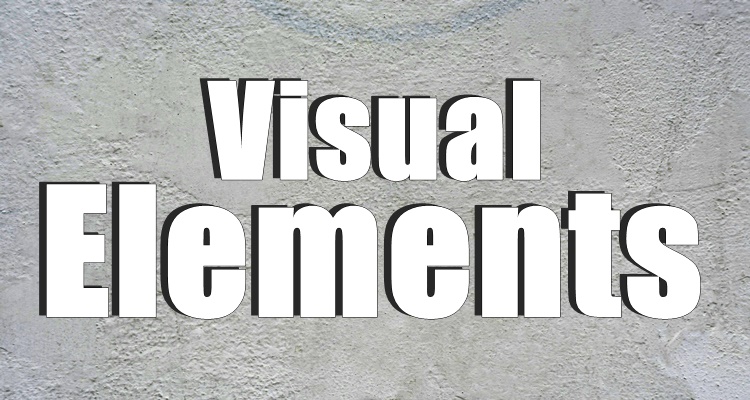Here are the different types of visual elements and their definition.
VISUAL ELEMENTS – This is a technique used to discuss images in books, videos, or book covers and also helps to analyze a text.
Do you love reading? Do you love listening to a recorded story? If you are one of these, you might find it more fun if there are colors, graphics, and designs. These are the factors that affect a reader’s understanding and imagination. Anything that we can see is a visual element and these elements are lines, symbols, colors, shapes, patterns, and others.

These elements help make simple reading exciting by initiating a vivid imagination through the rich visualization of the story. They are used express movement, space, structure, growth, harmony, chaos, and different types of motions.
Some of the most common elements:
- LINE – This is the most basic element to describe motion and emotion. This is also used to form shapes, patterns, distances, and the like of these. There are different types of lines:
- Vertical lines which can either be thick or thin. The thick vertical line gives off an impression of stability while the thin vertical line shows delicateness.
- Horizontal lines are those that move from left to right suggesting width, distance, and calmness.
- Diagonal lines show movements and instability. They are slanted and where they move to can indicate tension and excitement.
- Zigzag lines consist of diagonal lines that connect at various points. The formation can imply nervousness or confusion.
- Curved lines are the fluid types that come with grace in every turn from one end to another. This type show calmness and comfort.
- SYMBOLS – They are being used to show a concept or idea. Oftentimes, we can see them in signages that tell directions or warnings. In modern times, using emojis in communicating digitally signals a person’s emotion.
- COLORS – Green, blue, yellow, gray, pink, black, white, and many more heavily influence a person’s feelings and emotions. These colors establish mood and at times, they also carry a certain meaning. For example, white suggests one is pure while black is often associated with death or evilness.
- GAZE – How this is described in a text can make an impact or tell a message. How a figure looks at another and how he does this creates a certain meaning. If a character was described looking at the sky, it could mean he’s wishing for something or if he or she looks at the floor while speaking could tell that he or she is lying or feeling nervous.
- FRAMING – This tells the position of figures, shapes, and images in the overall image or presentation. This is done based on the intentions. For examples, an image shows only one character to focus on him or her, even though in a scenario, there are other characters around him or her.
